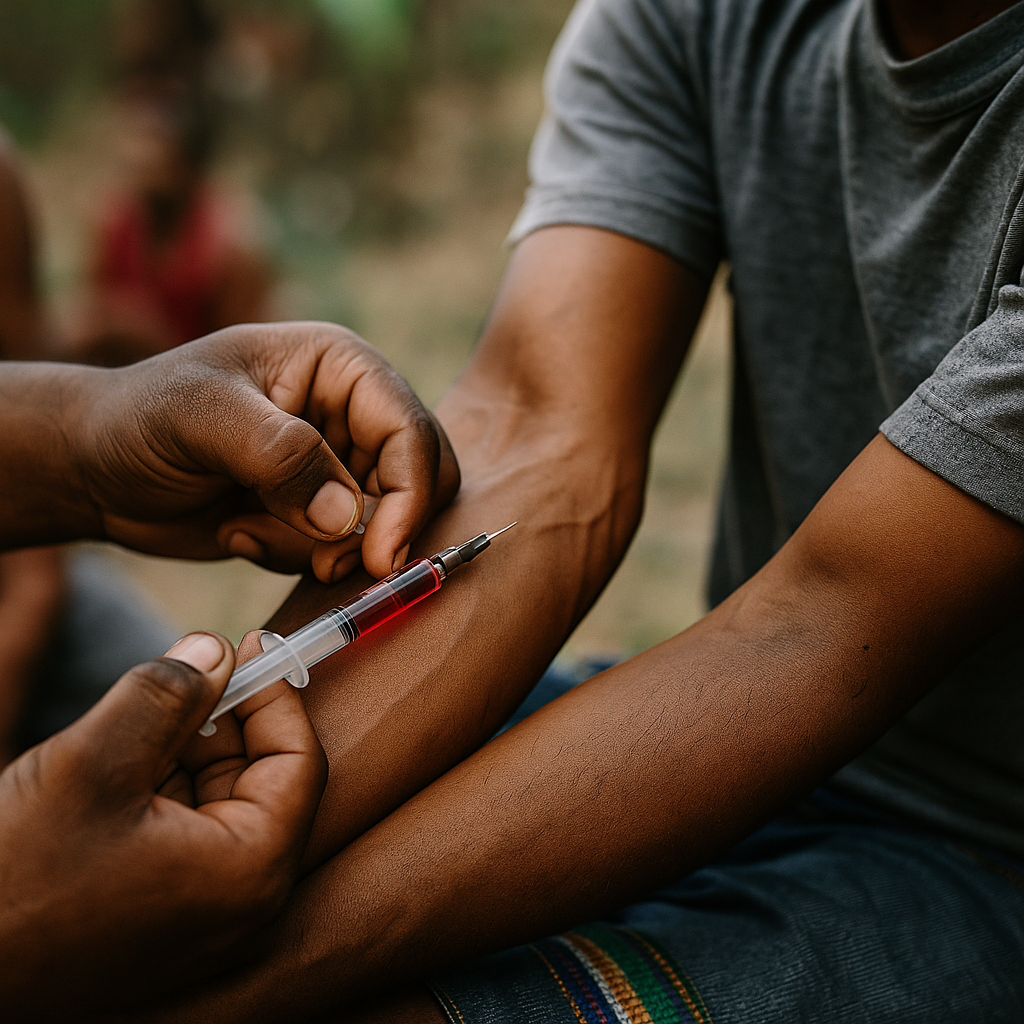HIV/AIDS is a global epidemic that has affected many lives around the world. While the virus is still a major public health issue, there is much to be said about the intersectionality of HIV/AIDS. By understanding the impacts of intersectionality and examining the implications, we can move forward with solutions to ensure that everyone has access to the care and resources they need.
Understanding HIV/AIDS
HIV/AIDS is a virus that attacks the immune system, making it difficult for the body to fight off infection. It can be transmitted through contact with infected bodily fluids, such as blood, or through sexual contact. HIV/AIDS can be treated with antiretroviral medication, but there is no cure.
It is estimated that 37 million people around the world are living with HIV/AIDS, and 2.1 million people were newly infected with the virus in 2019. HIV/AIDS is a major public health issue that affects people of all ages, races, genders, and sexual orientations.
The Impact of Intersectionality
Intersectionality is the concept that different aspects of a person’s identity intersect to create unique experiences of discrimination and marginalization. This includes things like race, gender, sexuality, class, and religion.
When it comes to HIV/AIDS, intersectionality can play a major role in how a person is affected by the virus. People from marginalized communities are more likely to be infected with HIV and less likely to have access to the care and resources they need to manage their condition.
Examining the Implications
The implications of intersectionality in HIV/AIDS are far-reaching. For example, people from low-income communities may not have access to the medications they need to manage the virus. Additionally, people who are members of the LGBTQ+ community may face discrimination when seeking treatment.
It is also important to consider that the stigma surrounding HIV/AIDS can be especially damaging for those from marginalized communities. This stigma can prevent people from getting tested for the virus or seeking the resources they need.
Moving Forward with Solutions
In order to address the issues surrounding HIV/AIDS, it is important to create solutions that take into account the intersectionality of the virus. This includes providing resources for those from marginalized communities, such as access to affordable medications and mental health services.
It is also important to create awareness campaigns that educate people about HIV/AIDS and destigmatize the virus. This can help reduce the stigma surrounding HIV/AIDS and ensure that everyone has access to the care and resources they need.
HIV/AIDS is a global epidemic that affects people of all ages, races, genders, and sexual orientations. By understanding the impact of intersectionality and examining the implications, we can move forward with solutions to ensure that everyone has access to the care and resources they need. With a focus on creating awareness and providing resources, we can work together to make sure that no one is left behind.



